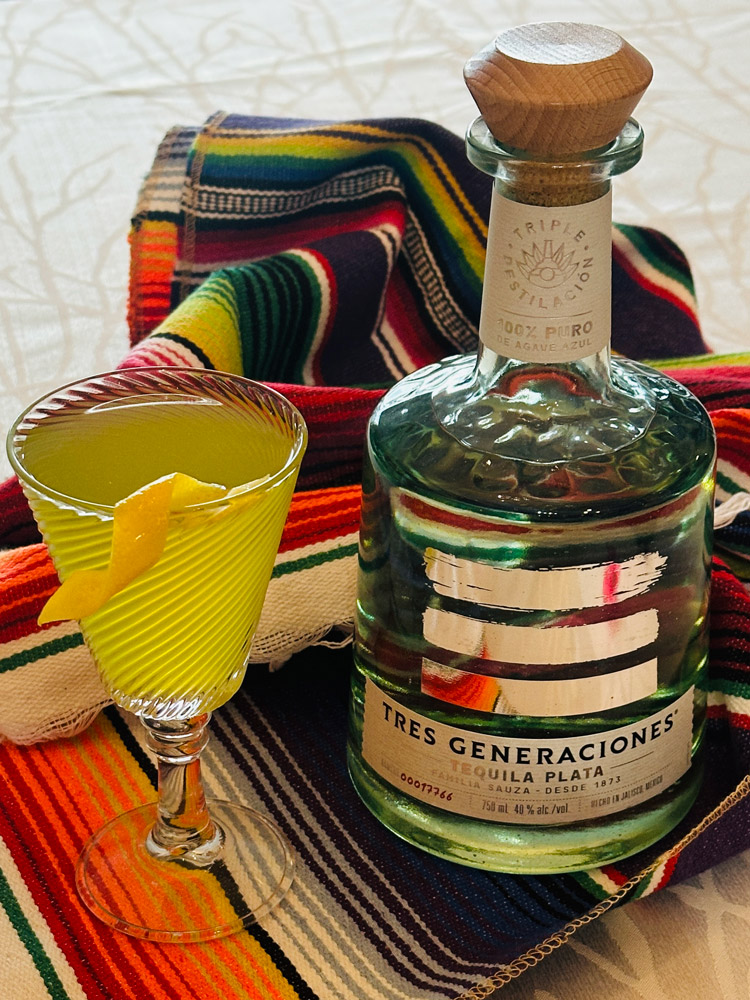
Jade Ghost


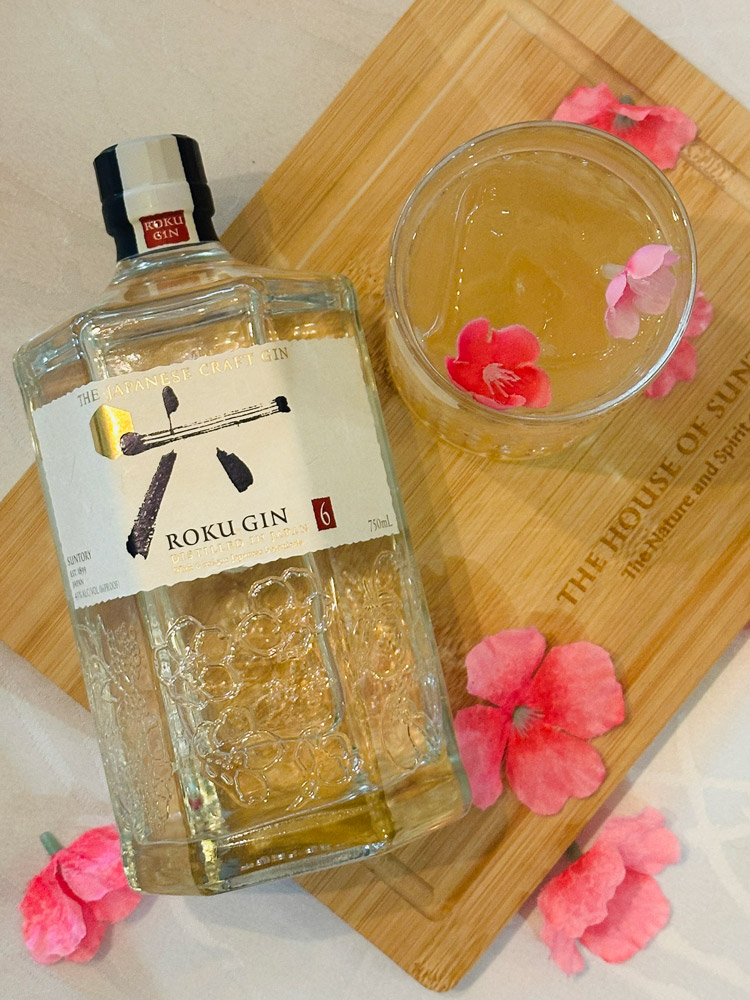
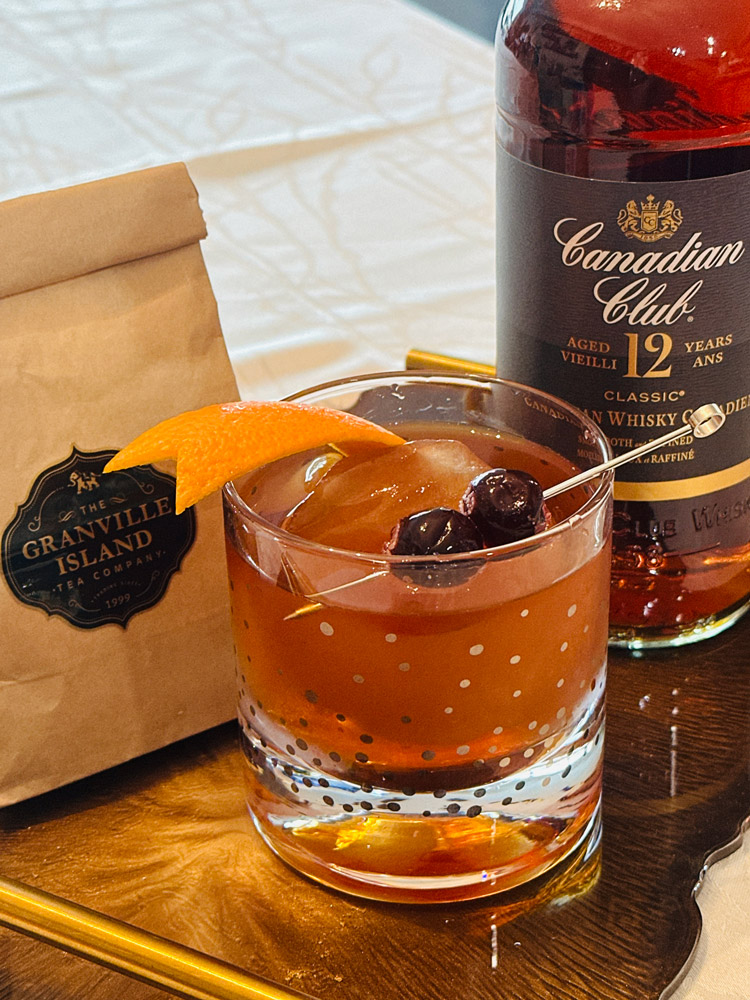
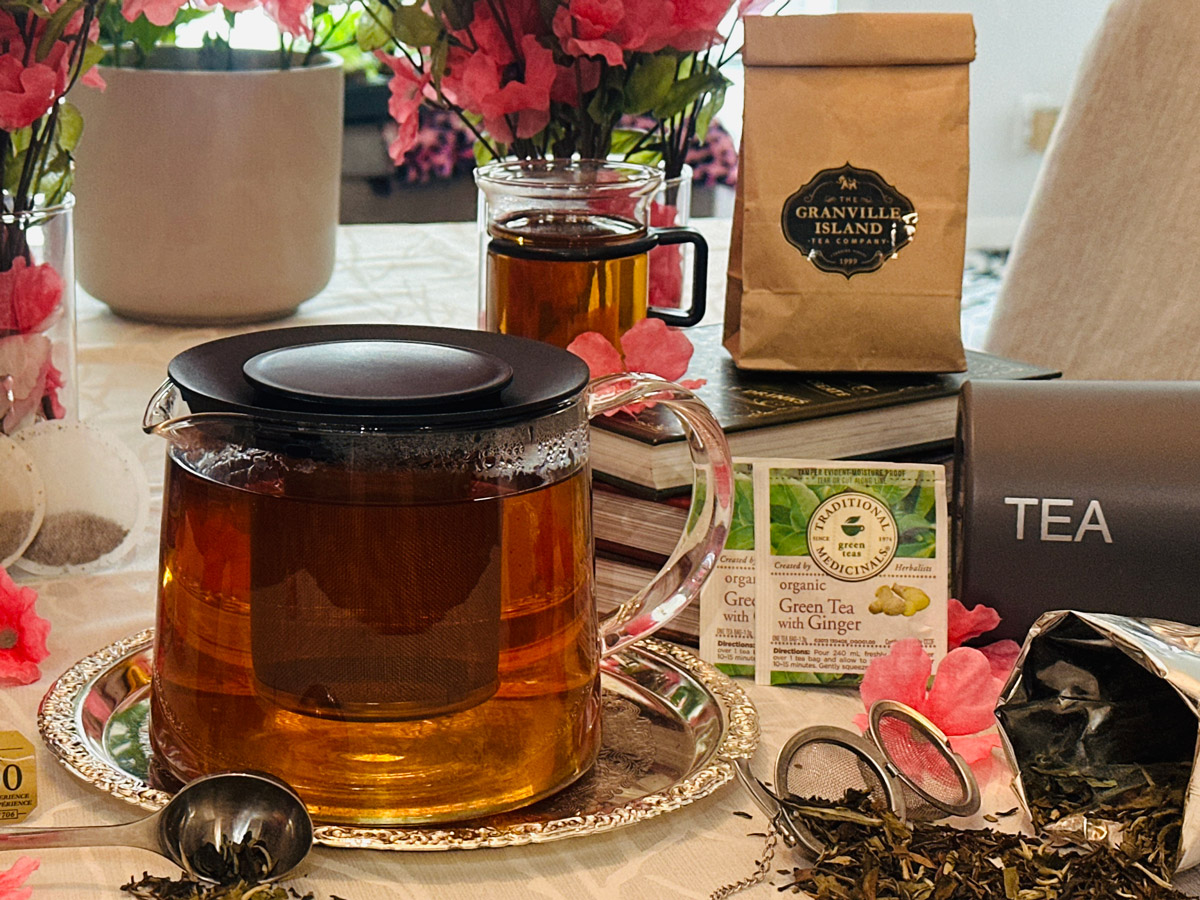
Tea is one of the world’s most common beverages—second only to water in terms of the amount consumed—yet it’s often overlooked as a cocktail ingredient. And that’s too bad, because it’s far more versatile, accessible and fun to experiment with than you may think.
With a wide range of black, green, white and herbal teas available, you can find almost any flavour profile you’re looking for, from a fruity herbal tea ideal for a fizzy and refreshing highball to a bitter, dry and tannic over-steeped green tea that makes a substitute for dry vermouth in a Martini. Looking for something more exotic? Enter Lapsang Souchong. Often referred to as “the scotch of teas,” its leaves have been dried above a pinewood fire, giving it savoury and smoky characteristics akin to Islay-made whisky.
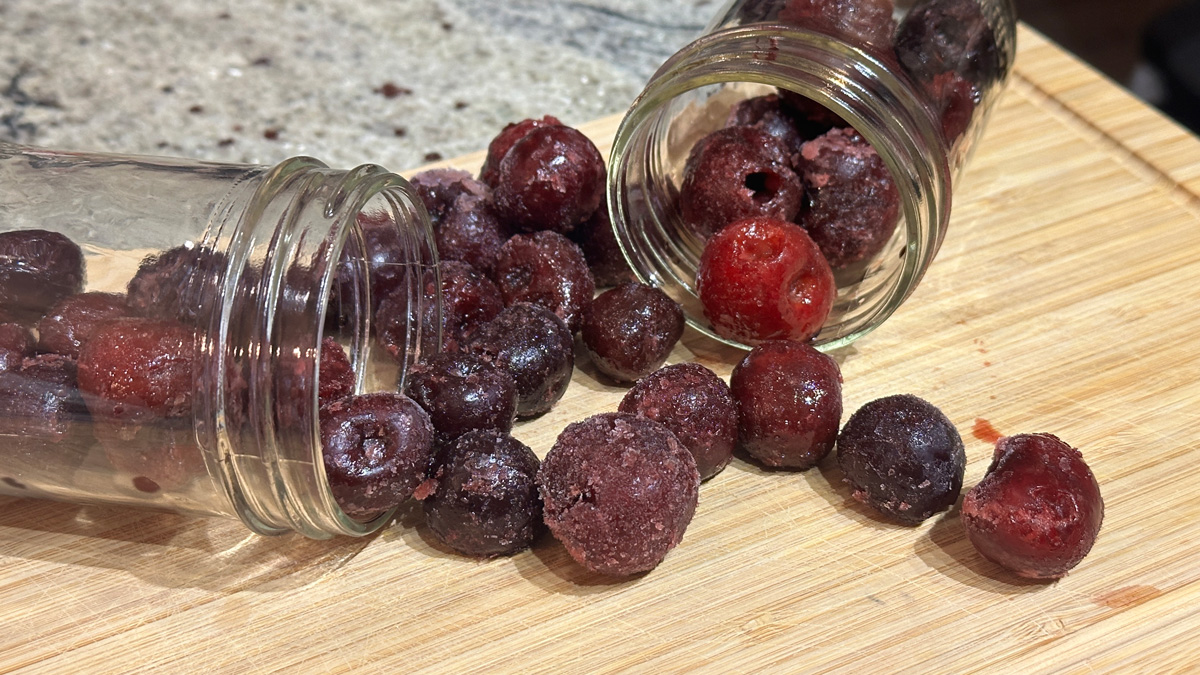
Garnishes can be beautiful, vibrant, eye-catching additions to what we eat and drink. The more appealing, the more they add to our enjoyment. Though usually small in size, garnishes can have a large impact on our overall experience; just because they’re small doesn’t mean they’re not integral to the flavours and finish.
Enter the cocktail cherry.

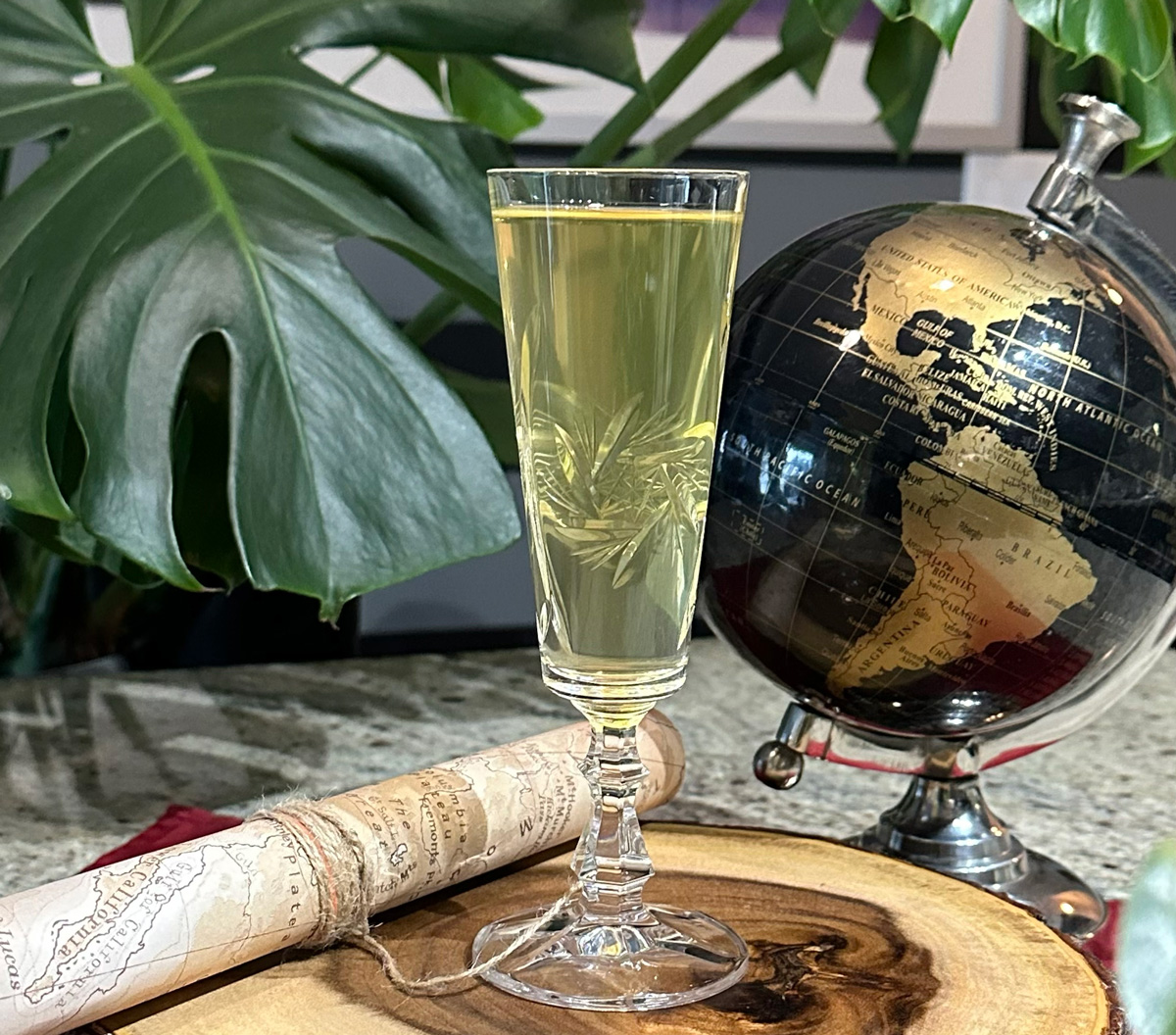
Clarifying cocktails may seem like a modern technique, but it actually dates to 1700s England, when milk punches were batched in large quantities in advance of parties.
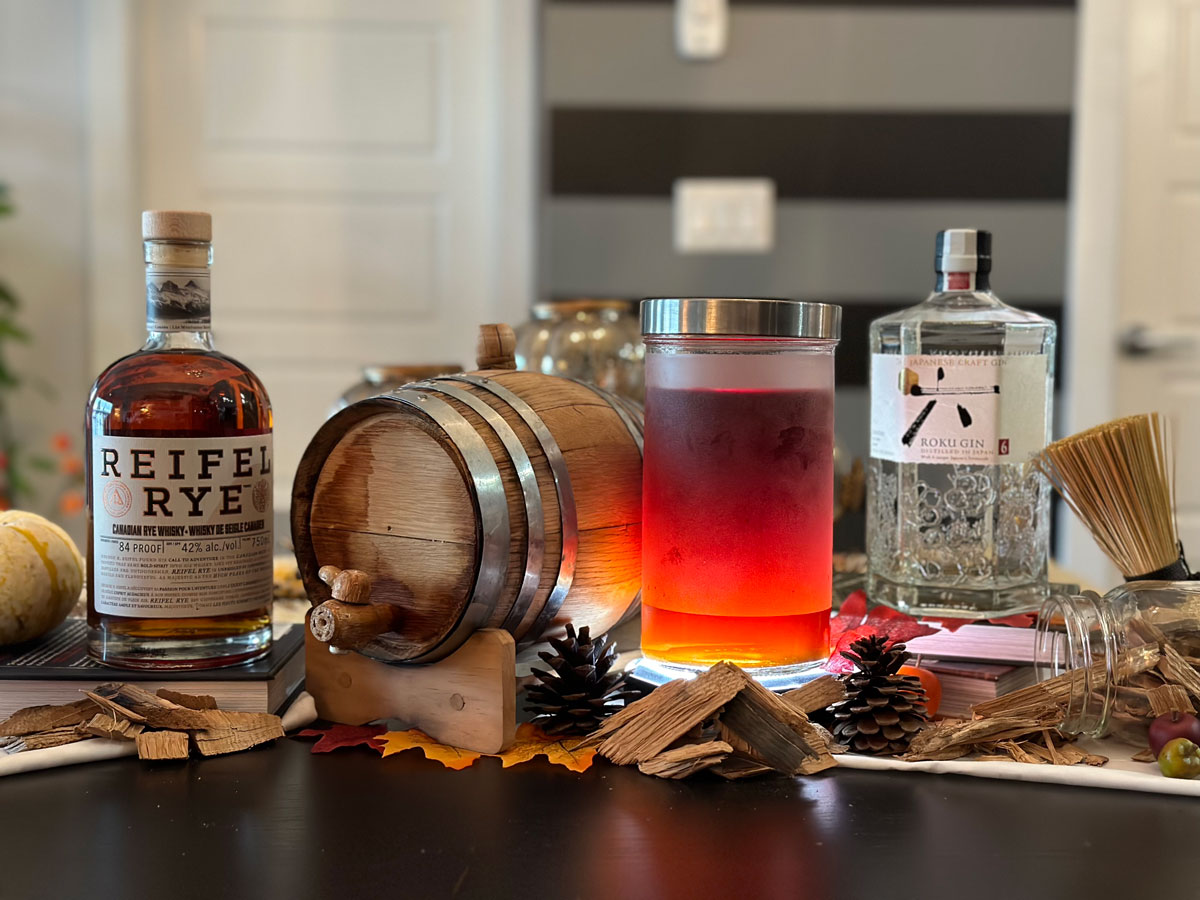
What exactly is barrel aging? Simply put, it’s the interaction between alcohol and the wooden barrels it’s resting in. This process can range from a mere 60 days to years, decades, even centuries. When temperatures rise, spirits absorb deeper into the barrel staves; then they retract out when temperatures cool. This constantly changing interaction affects the spirits by mellowing harsher notes, adding body and giving deeper, richer flavours.
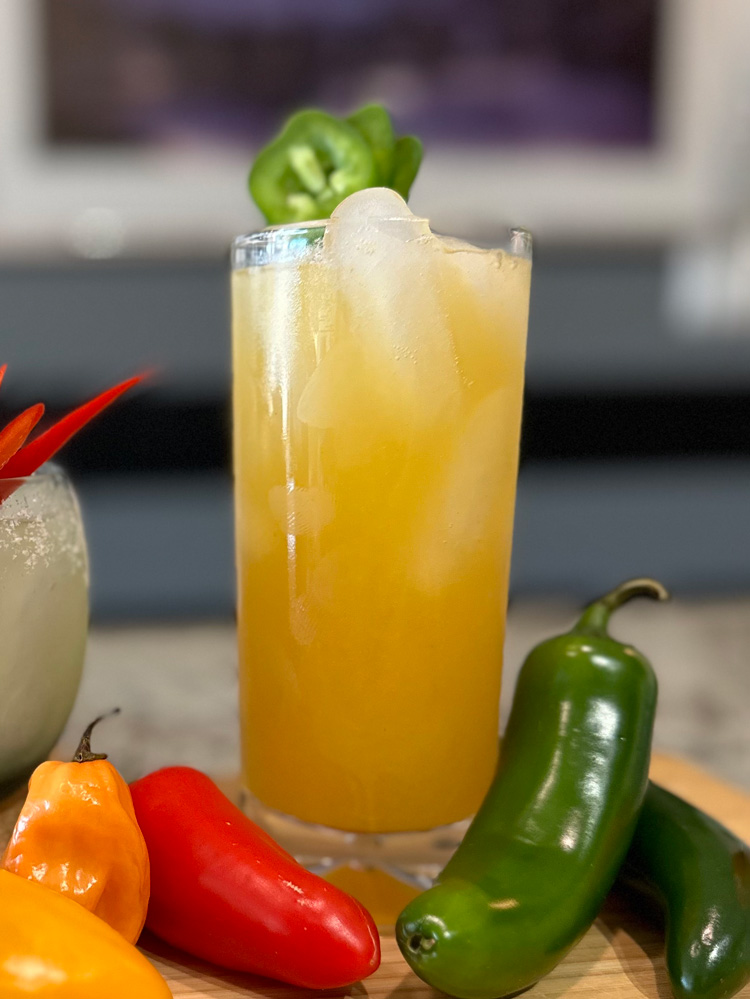
• 1.5 oz white rum
• 1 oz Homemade Chili Liqueur
• 2.5 oz peach nectar
• 0.5 oz lemon juice
• 2 dashes orange bitters
• Optional: Plain or peach-flavoured sparkling water
• Garnish: Sliced jalapeño peppers
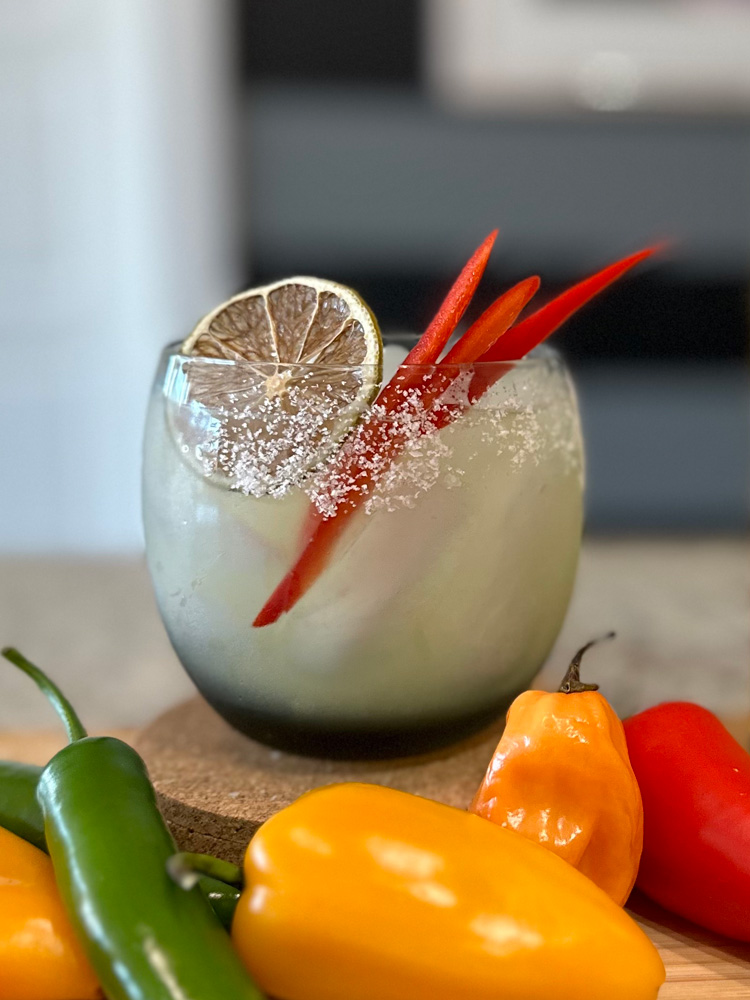
• 1.5 oz blanco tequila (Hornitos used)
• 1 oz Homemade Chili Liqueur
• 1 oz lime juice
• Garnish: Salt for rim of glass, pepper, lime wheel